At Access Rehabilitation Equipment, we commit to providing you and your loved ones solutions for life! Fitting your lifestyle, each aid and equipment is tailored to the unique challenges you are facing, so work with us to find the independence and mobility you want!
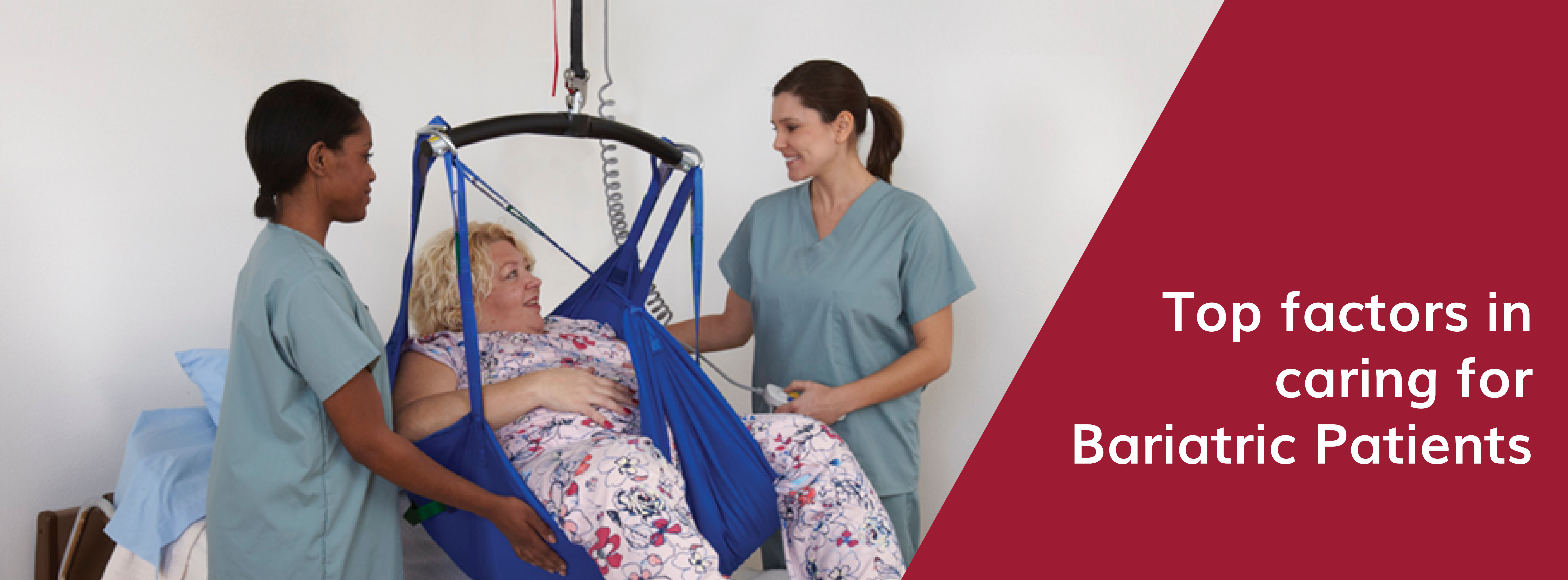
At what point is a person classified as bariatric?
Bariatric is a term commonly used to encase a wide range of clients of all sizes, abilities and stages. Typically, an individual is considered morbidly obese if he or she is 45 kilograms over his or her ideal body weight, has a BMI of 35- 40 or more, and experiences obesity-related health conditions, such as high blood pressure or diabetes. Being bariatric can cause many complications on the patient itself, their carers and in the home environment.
What is bariatric equipment?
Bariatric equipment refers to medical equipment specially designed to support the unique needs of overweight individuals. With increased weight capacities, heavy duty supports, and broader dimensions, this specialized equipment not only ensures the safety and dignity of patients but also protects healthcare staff and caregivers from potential strain or injuries.
Factors to consider when sourcing bariatric equipment
While many patients opt for bariatric surgery such as gastric bypass or lap band surgery, some clients are unable to access these options and require extra care in their daily activities. It is important to ensure adequate equipment is in place to care for bariatric patients to guarantee they are safe and comfortable, and that unnecessary strain is not placed on carers.
When sourcing bariatric equipment, the term ‘bariatric’ or ‘obese’ is too broad. Wherever possible, it is important to know the patient’s weight and overall width. These factors play a great role in ensuring that the equipment being sourced is adequate. Knowing the patient’s weight will ensure that the equipment caters to a weight above what it needs to, meaning that the patient is safe, and at the same time provides extra security for the patient and carer. The width of the client will determine the broadness of the equipment needed.
Bariatric equipment can be costly due to the nature of its materials and size for maximum weight capacity. Rather than outlaying for equipment when you are not sure it will be effective, try to hire or trial the equipment before choosing to buy wherever possible. Another important factor to consider is the environment where the equipment will be going. Are the doorways wide enough for equipment to move unobstructed? Is the bedroom large enough to cater for extra equipment, and still provide free walking spaces for the patient and carer?
Read more in our article on choosing a bariatric hospital bed for larger patients.
The effects of caring for a bariatric patient
Caring for a larger patient can cause physical strain on family members and carers. Having equipment in place to reduce manual handling is important to reduce the risk of strains which in turn frees up carers to complete other tasks or care for other clients.
How can you move a bariatric patient safely?
Moving a bariatric patient requires extra care and handling procedures due to their size and complex medical needs. Improper handling of these patients can lead to serious injuries for both patients and caregivers. Therefore, it is crucial to use the proper equipment to avoid such risks and improve work health and safety.
To safely move a bariatric patient, having the correct equipment is key. The equipment required will vary depending on the patient’s level of dependence and is likely to change over time to address physical and clinical requirements.
Here are some general guidelines for the safe moving and handling of bariatric patients:
- Determine the level of mobility: Before initiating the movement and handling of a bariatric patient, it is essential to assess their physical and cognitive capabilities. Involve the patient in the planning process and ask about their typical methods and comfort levels with various activities. Understanding the bariatric patient's level of independence is crucial for determining the equipment needed to move them.
- Proper equipment is necessary: Before using any equipment on bariatric patients, it is vital that healthcare staff receive proper training and demonstrate competence in its usage. Also, the weight capacity of the equipment must be greater than the patient’s weight to minimize both moving and handling risks and the potential for patient injury.
- Arrange equipment and furniture around the house: Ensure the environment is clear of obstacles to facilitate a smooth transfer. Make adjustments to the room, such as lowering beds or adjusting furniture, to accommodate the patient's needs. You may also want to consider purchasing mobility aids like a walker, rollator, or crutches to help the bariatric patient move more easily around the house.
- Communicate effectively: As with all patients, it is not least important to communicate with the bariatric patients and assure them that you are in control of the situation. Effective communication is essential throughout the process, with clear directions and cooperation among all parties involved. Ensure the patient's comfort and dignity by seeking their consent and active participation throughout the procedure.
- Collaborate with healthcare specialists: Work closely with healthcare specialists to develop a safe and personalized transfer strategy that reduces problems and promotes the patient's overall well-being.
Bariatric equipment
Common equipment used for bariatric clients include:
Adjustable Hospital Beds
Electric adjustable beds allow the patient to adjust their position in bed. By raising the head and adjusting the knees, patients can sleep or rest comfortably.
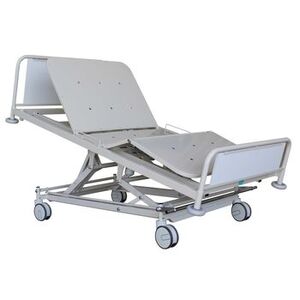
Commodes
Bedside commodes are used in the bedroom to allow patients to toilet when they are unable to reach the bathroom.
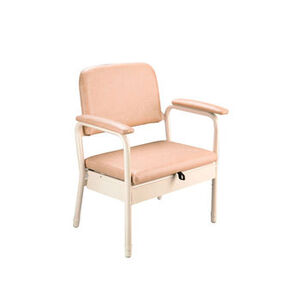
Shower commodes are mobile, allowing patients to be wheeled into the shower or over a toilet.
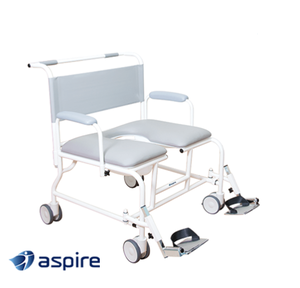
Toileting equipment
Equipment also used in toileting includes over toilet frames or toilet surrounds, which provide a raised seat or arm rests to ensure the patient able to easily get on and off the toilet without assistance.
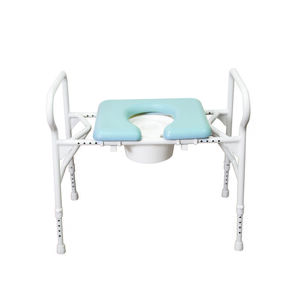
Walking aids
Some bariatric patients struggle with walking and mobility, and require the assistance of a walking frame or rollator, or walking stick.
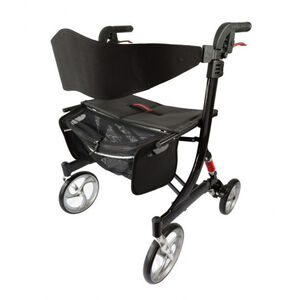
Wheelchairs
Where patients find walking a struggle, having a wheelchair to self-propel or be transited from place to place can be helpful. This ensure patients remain mobile and are able to visit friends and places they love.
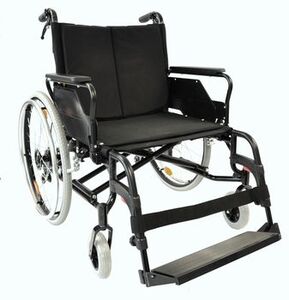
Hoists
Hoists are used where patients are unable to transition from a bed to a chair. A hoist allows patients to be lifted using a sling. Ceiling hoists are most effective for bariatric clients as they allow proper positioning and eliminate the need for patient handling.
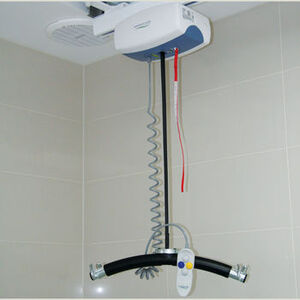
Pressure care
When patients spend long periods of time in one position, such as in bed or in a wheelchair, they are susceptible to pressure sores. Extreme bariatric patients suffer from sweat between skin folds and are unable to change their position. Alternating air mattresses such as the Cair Max Duo ensure that clients do not develop pressure sores, and work to heal existing pressure injuries.
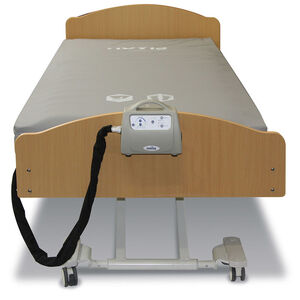
With so many factors to consider, caring for a bariatric client can be overwhelming. That’s why we’re here to help! Please call to discuss your needs with us today.


 Providing solutions for life
Providing solutions for life







